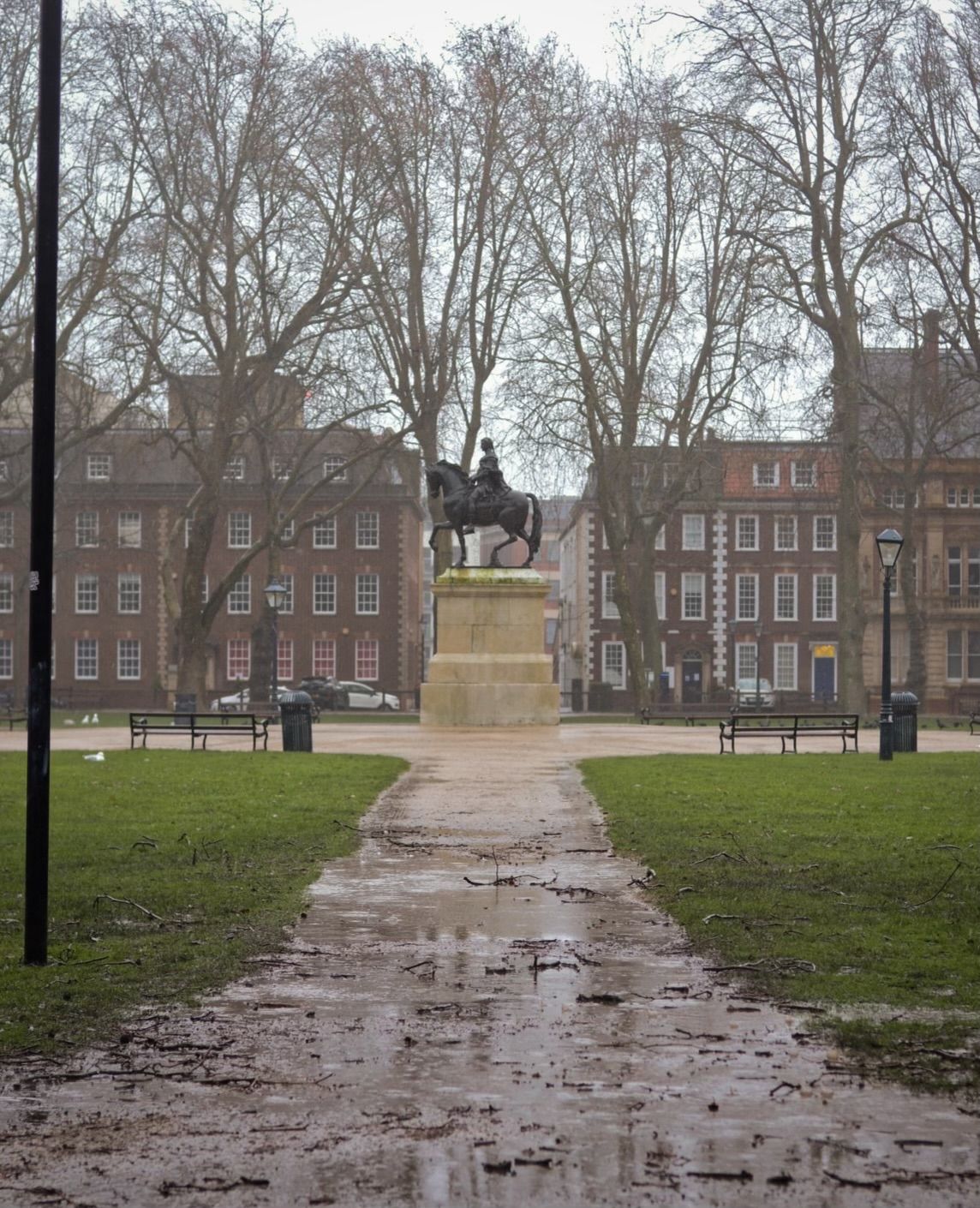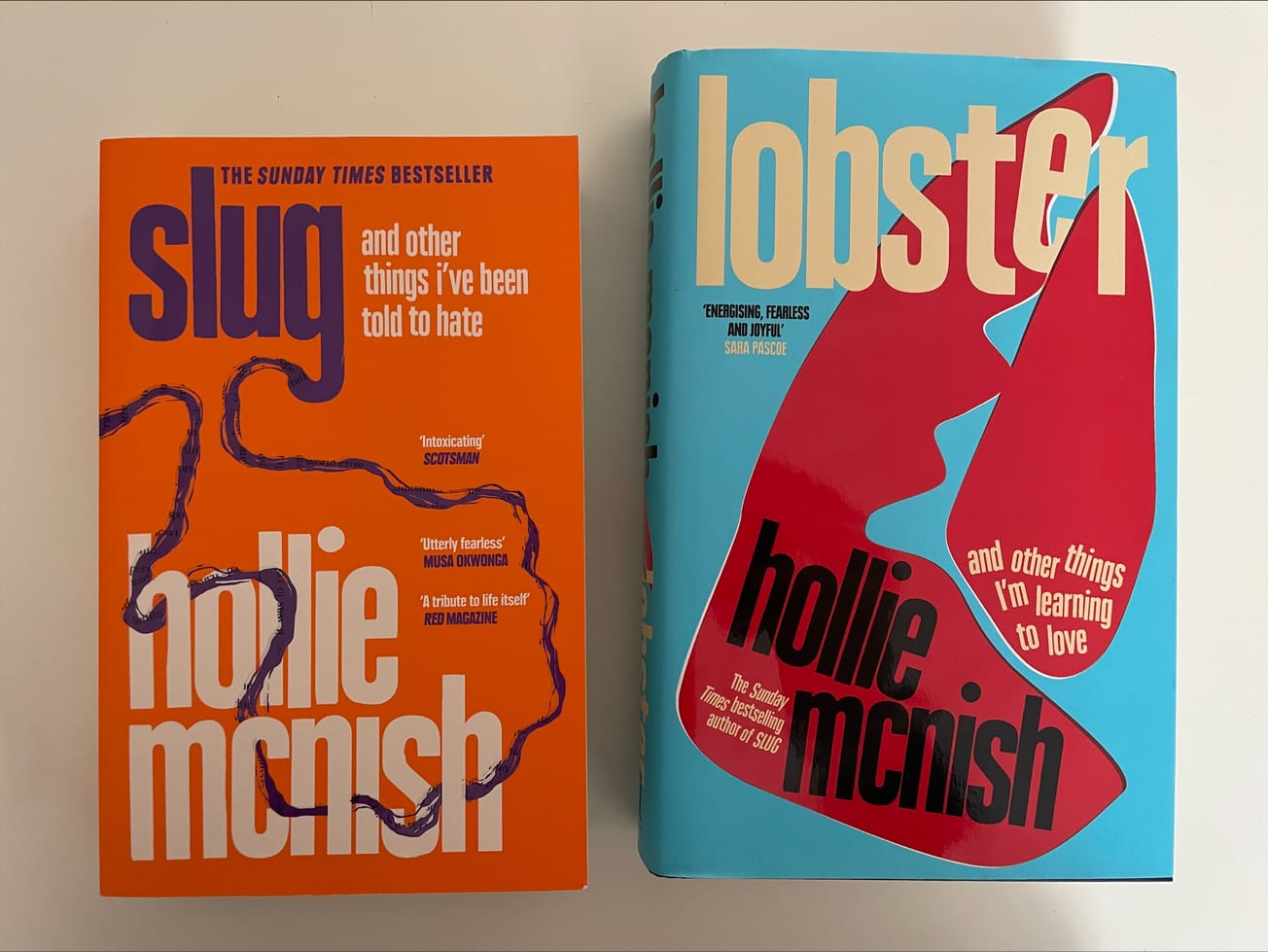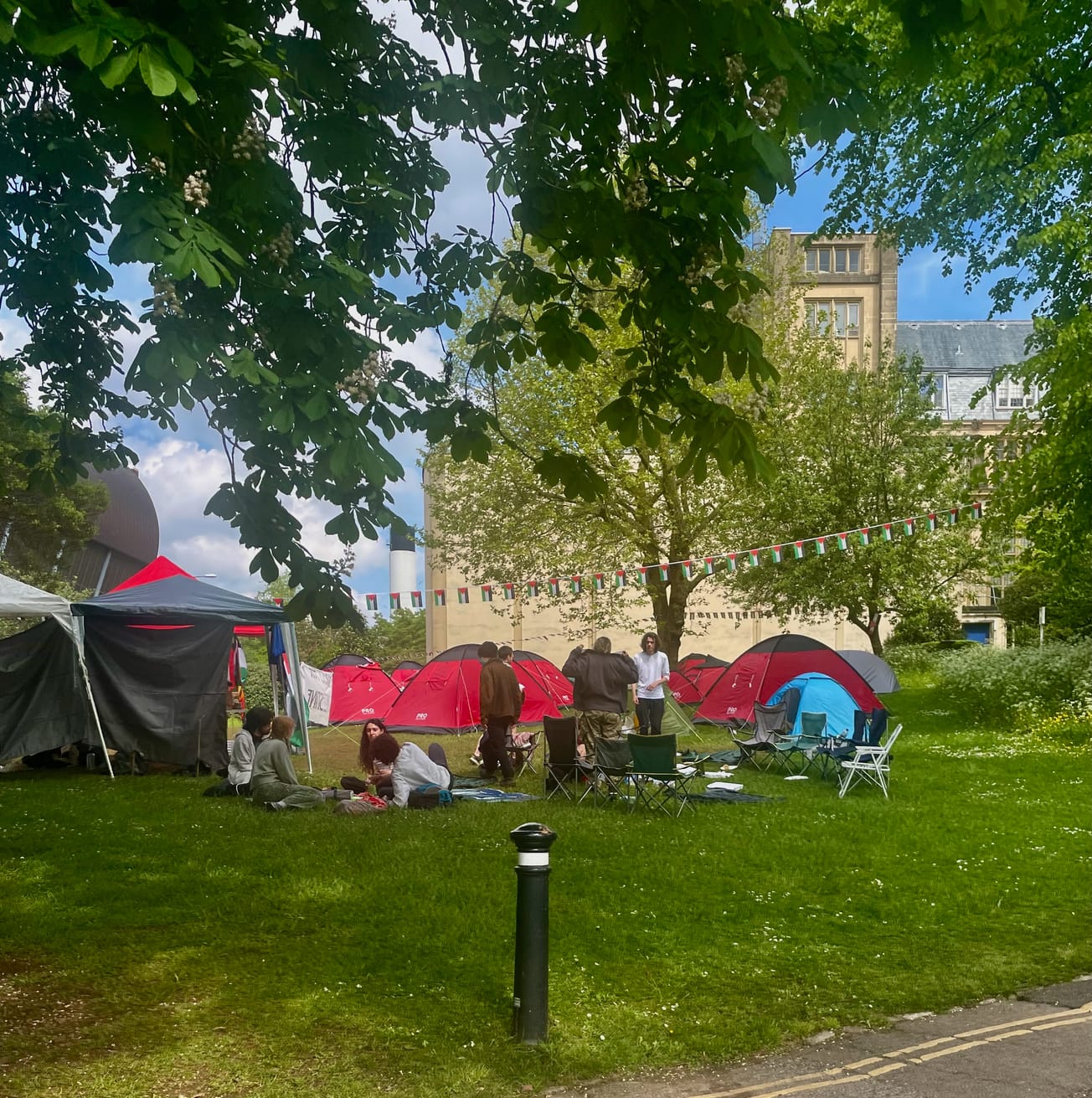By Yazmin Sadik, First Year English
Content Warning: Mentions of abortion
I decided during the height of the February storms to finally visit the Arnolfini’s Paula Rego: Subversive Stories collection. I had been meaning to see her exhibition in the Tate Britain, which ended over a year ago, after seeing a picture of The Policeman’s Daughter depicting a brutally beautiful image of a women thrusting her arm into a man’s boot.
I couldn’t quite grasp the meaning of the piece but decided she was my new favourite artist. What I was aware of in The Policeman’s Daughter, however, was the power of the woman in her seemingly submissive act of cleaning, and this domination of women lies at the forefront of Bristol’s collection.
The first room explored Rego’s manipulation of British and Portuguese fables from her childhood; her use of printmaking gave her freedom, with proportions and shading to deconstruct the innocence of the stories. In her transformation of Baa, Baa, Black Sheep a woman, although diminished in size by the huge sheep, bewitches the animal with a gestured hand.

The characters’ proximity, as the sheep’s arm caresses the lady, creates a seductive undertone to her retelling which was included in her book Nursery Rhymes, dedicated to her granddaughter Carmen. Rego’s prominent use of animal relations in the room suggested themes of sexuality and gender to me which were also noticeable in the second room.
The collection’s focus shifted from fables to classical literature, where her series Jane Eyre is displayed by the title Not So Wicked Women. I found Biting the most striking interpretation which details Jane biting Mr Rochester’s arm, who is stood behind her amused. The aggressive action reminded me more of the animalistic representations of Bertha, Mr Rochester’s Creole wife, who is locked away from society. This transformation of the madwomen in the attic trope plays on the double standards attached to women, as Mr Rochester smirks at Jane for what he condemned Bertha for in the book. Rego cleverly destabilises gender roles by foregrounding Jane’s power instead of Mr Rochester’s reaction, whose face is barely in frame.

Setting is also key in her retelling of stories and in her pieces inspied by The Pillowman, a play by Martin McDonagh, a bathroom sink is paralleled in the background of both. This symbol of domesticity is heightened by the sickly pale yellow and pink wash of the pair. The clever placement of the pieces next to each other made her works look as if they were in conversation, with the central female in Girl with Foetus glaring at herself in Girl with Basin.
The last room dealt with heavier themes including her Abortion Series which influenced a huge voting change after the 1998 Portuguese referendum to legalise abortion. I’ve been to the exhibition twice, but I truly doubt any exhibition will move me as strongly as the first time I viewed this series, with the only noise in the room being the severe storm winds slamming against the two huge windows.
Featured Image: Henry Jones
What did you think of the exhibition?









